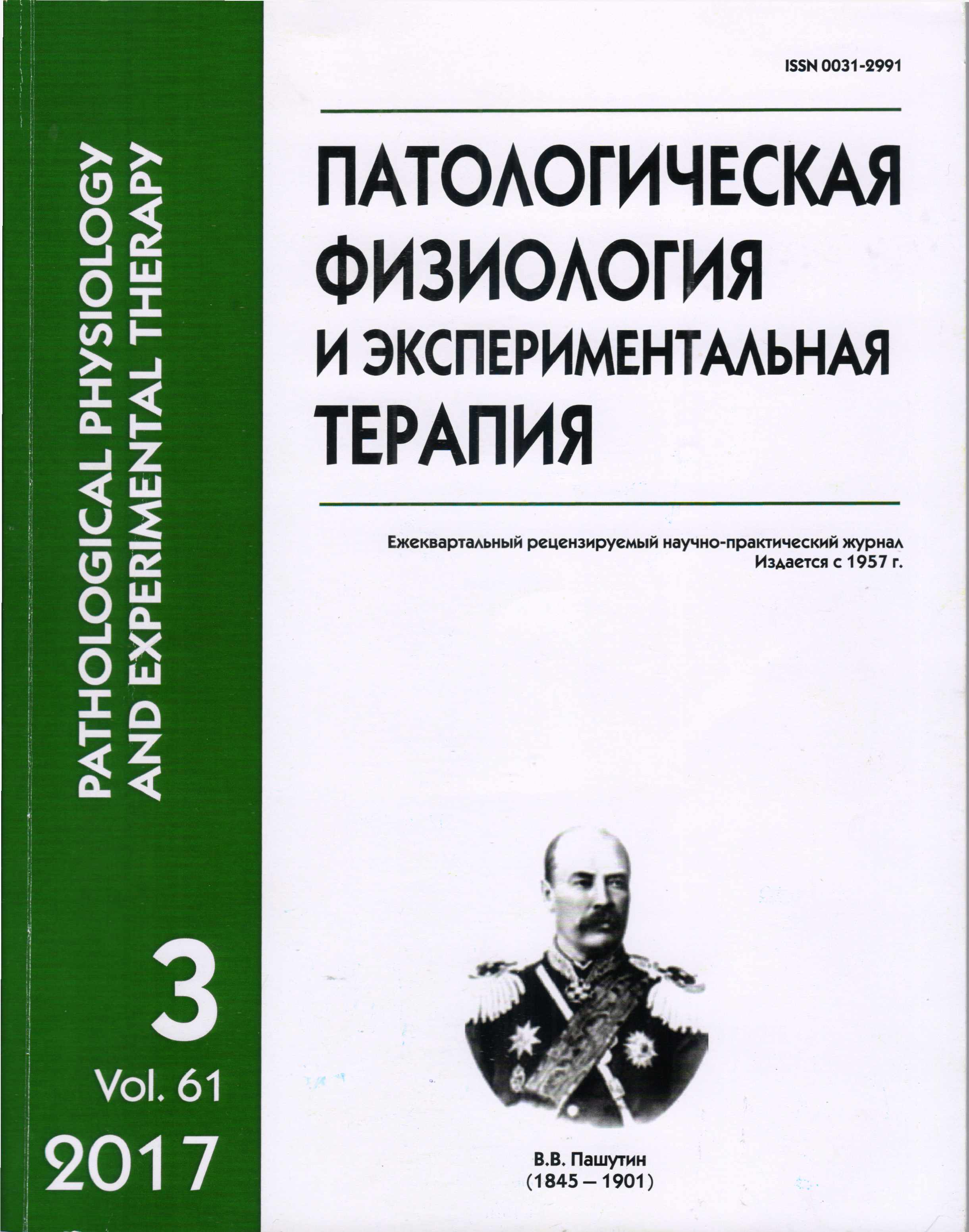Morphologic changes in the central and peripheral organs of immunogenesis in modelling of toxic hemolytic anemia associated with an acute cold stress
Abstract
The purpose: To experimentally characterize the changes in the indices of red blood cells, and the morphology of immunogenesis when acquired toxic hemolytic anemia caused by the introduction of phenylhydrazine on the background of acute cold stress. Methods. In the experiment we used 80 white non-pedigree rats of 4-month old – 4 groups: isolated stress, phenylhydrazine (PH) infusion, a combination of an acute cold stress and PH infusion, control. 2,5% solution of PH was injected intraperitoneally (i.p.) in the dose of 20 mg/kg. The characteristics of an acute cold stress are the following: the temperature was +40С, exposition – 1,5 h, in a day after PH infusion. The indices of peripheral blood were registered before and after the experiment. Results. On the 10th day the animals were removed from the experiment under ether narcosis with observing all euthanasia rules and the samples of autopsy material for the following histologic examination were taken (spleen, thymus). The central and peripheral organs of immunogenesis of the investigated animals showed similar changes which were the manifestations of the acute cold stress, but expressed in different degrees. Conclusion. It is determined that under experimental conditions an acute cold stress aggravates acquired hemolytic anemia in its modeling that should be taken into account during interpretation of results of experimental investigations.






